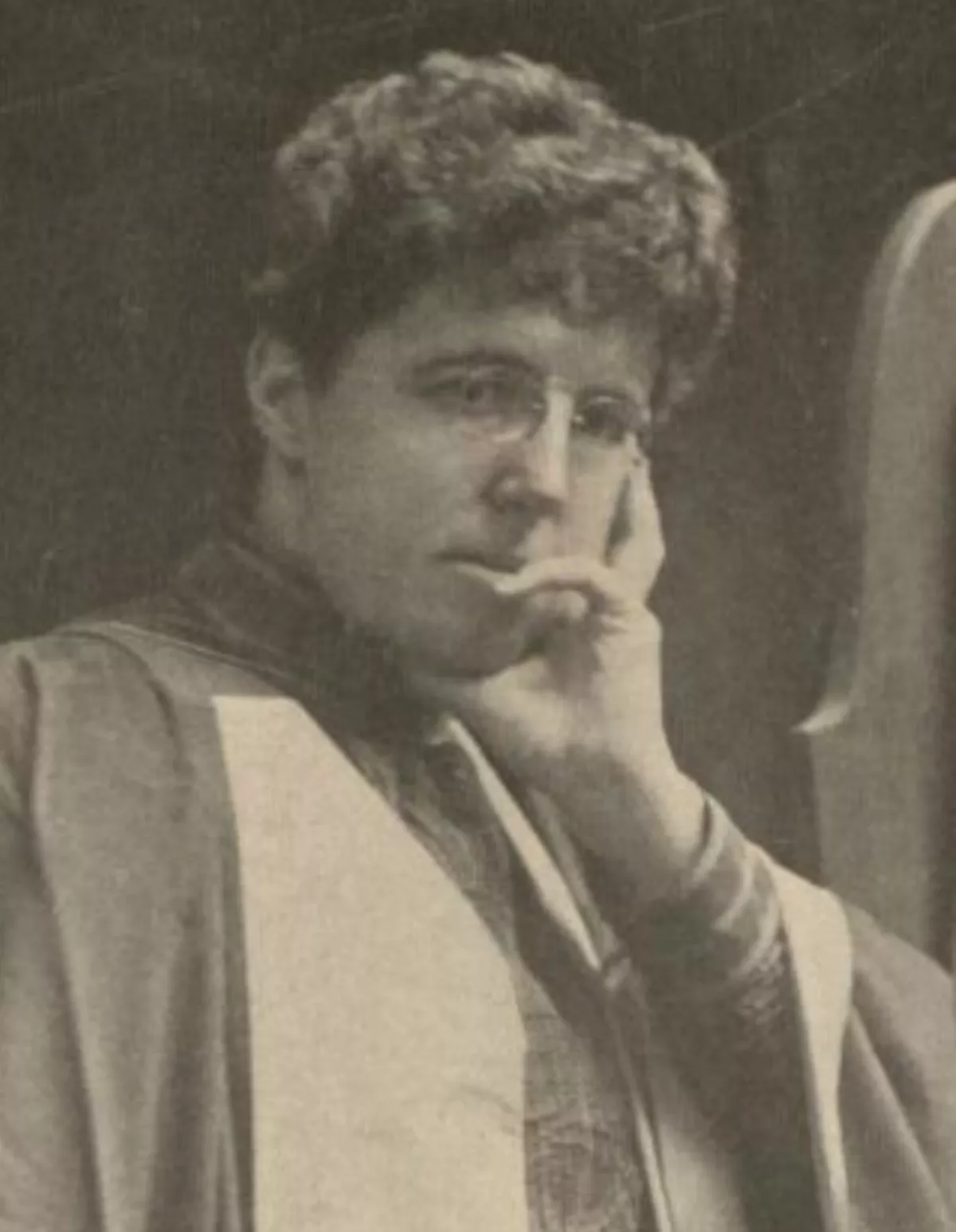 1.
1. Charlotte Angas Scott was a British mathematician who made her career in the United States; she was influential in the development of American mathematics, including the mathematical education of women.

 1.
1. Charlotte Angas Scott was a British mathematician who made her career in the United States; she was influential in the development of American mathematics, including the mathematical education of women.
Charlotte Scott was the second of seven children to Caleb Scott, a minister of the Congregational Church, and Eliza Exley Scott.
In 1880, Charlotte Scott obtained special permission to take the Cambridge Mathematical Tripos Exam, as women were not normally allowed to sit for the exam.
In 1922, James Harkness remarked that Charlotte Scott's achievement marked "the turning point in England from the theoretical feminism of Mill and others to the practical education and political advances of the present time".
Charlotte Scott was the first mathematician at Bryn Mawr College and the first department head.
Charlotte Scott was one of the first English language textbook writers to be "perfectly aware" of the "distinction between a general principle and a particular example".
Charlotte Scott played an important role in the transition to twentieth century custom of abstract mathematical proofs.
Charlotte Scott served as the first woman on the first Council of the American Mathematical Society in 1894, and received an acclaimed review from the Society in 1896.
Charlotte Scott was one of only four women to attend the inaugural International Congress of Mathematicians in Zurich in 1897; the other three were Iginia Massarini, Vera von Schiff, and Charlotte Wedell.
In 1906 Charlotte Scott served as vice-president of the American Mathematical Society.
Charlotte Scott maintained the view that personal conservatism was a requirement to promote women's educational and political equality.
Charlotte Scott disapproved of smoking and makeup, however she did bob her hair before moving to Bryn Mawr.
Charlotte Scott was a staunch supporter of rigour in women's classes, writing in a letter to Bryn Mawr President M Carey Thomas:.
Also in 1906, Charlotte Scott developed an acute case of rheumatoid arthritis, which along with her increasing deafness, interrupted her work.
Under the advice of a doctor to get outside exercise, Charlotte Scott began gardening and developed a new strain of chrysanthemum.
Charlotte Scott retired in 1924, but stayed an extra year in Bryn Mawr to help her eighth doctoral student complete her dissertation before she returned to and settled in Cambridge.
Charlotte Scott is buried at the Parish of the Ascension Burial Ground in Cambridge, in her cousin Eliza Nevin's grave.